Why choose a carrier that specializes in high-value homes?
High-value insurance comes into play when the cost to rebuild a home that is totally destroyed by a fire or storm exceeds $1.5 million. High-value home insurance is not triggered by the market value of a home but rather by the cost to rebuild it.
I spoke with Andrew Clough of The Clough Team recently about the real estate market and high-value homes. He said prices are rising “everywhere” due to “low inventory and the constant increasing costs of building materials.” As home prices tick up, the number of homes crossing that threshold of $1.5 million in rebuilding value increases, too.
For the sake of discussion, the number representing the rebuild value of a home, the dwelling value, the replacement value, and the limit for Coverage A on your insurance policy is the same number. These terms are interchangeable.
Most middle-market carriers have a maximum dwelling value that they will insure, and that maximum value is often less than $1.5 million. Other insurance companies specialize in high value homes. Those specialized companies usually have a minimum dwelling value of a home that starts at $1.5 million, and there is no maximum.
The real value in having a specialized high-value carrier is found in the comfort level these insurance companies have with the more expensive homes and the needs of the owners. Homes with a high dwelling cost are not required to have high value insurance protection, but owners of these homes choose these carriers because of their comfort with the carriers. Here are some of the benefits of insuring an expensive dwelling with a high value home insurer:
· There is an unlimited replacement cost to rebuild your damaged home to its original specifications, even when the cost exceeds your policy limit.
· They endeavor to rebuild your damaged home using the exact same building materials and with the exact same attention to detail.
· A replacement cash-out option: in the event of a total loss, you have the option to be paid for the Coverage A and Coverage C limits on your policy for your home and personal property.
· There are additional living expenses in the event of a covered loss to maintain your family’s comfort and usual standard of living while you are waiting for your home to be restored.
· They will waive the deductible on the homeowner’s policy after a large covered loss.
Andrew said in his experience, it is often the finishes in a home that can increase the value of a home such that a specialized carrier might be preferred or needed. “I’d say the quality of finishes is a major factor as well as the amenities. These factors determine the building/re-building costs,” he said. It is these finishes and details that the high value home carriers emphasize when rebuilding a damaged home.
Mortgage lenders are only concerned that a house is insured by a reputable insurance company that has adequately valued the replacement cost of a home and will be able to protect the mortgage company's financial interest in a home. Homeowners’ primary concerns are having the resources to get their damaged home rebuilt as quickly as possible and where they will live while their home is being repaired.
Case in point: There is a neighborhood in Dallas filled with high value homes. A couple of years ago a tornado destroyed or significantly damaged most of the homes in the neighborhood. Some of these homes were insured by high-value home insurance companies while others were insured by mid-market carriers. Speaking with an agent that had many of these homes insured with both types of insurers, I was told the homeowners insured with high-value home insurers were especially impressed with the response of their insurance companies in rapidly deploying contractors and the funds needed to initiate the restoration process. Another important factor was that high-value insurers immediately provided the funds for a displaced family to find alternative housing to maintain their usual standard of living while they are waiting for their home to be restored.
In the end, it’s all about the homeowner’s overall experience and level of comfort during all phases of the loss and reconstruction process.
